CPAP Therapy Lowers Mortality Risk in Patients with Type 2 Diabetes and Sleep Apnea
Introduction
Obstructive sleep apnea (OSA) and type 2 diabetes (T2D) are two chronic conditions that often overlap, yet both are frequently undertreated when they occur together. OSA disrupts breathing during sleep, leading to intermittent hypoxia, increased sympathetic activity, and systemic inflammation—all of which compound the risks already present in T2D patients.
Now, new research out of Sweden highlights the life-saving potential of continuous positive airway pressure (CPAP)therapy for individuals living with both conditions. According to findings presented at the European Association for the Study of Diabetes (EASD) 2025 Annual Meeting, CPAP was associated with a 26% reduction in mortality among T2D patients with OSA.
This blog will break down the study’s methodology, results, clinical significance, and limitations—while also highlighting how patients can take proactive steps in their own care.
Why Sleep Apnea Matters for People With Type 2 Diabetes
People with T2D are already at elevated risk for cardiovascular disease, stroke, kidney failure, and premature death. When OSA is added to the equation, the risks multiply. Studies have shown that OSA contributes to:
-
Poorer glucose control and insulin resistance.
-
Higher rates of hypertension and cardiovascular events.
-
Greater all-cause mortality.
Despite this, OSA often goes undiagnosed in people with T2D. Symptoms such as snoring, daytime sleepiness, and morning headaches are sometimes overlooked or attributed to diabetes itself rather than an overlapping sleep disorder.
Study Overview
Population and Data Sources
Researchers from Linköping University in Sweden analyzed five national health registers, which included:
-
12,388 patients with T2D and OSA prescribed CPAP.
-
737,911 patients with T2D but without a CPAP prescription (and whose OSA status was unknown).
Primary Outcome
The primary outcome was all-cause mortality. The researchers used a time-varying Cox regression model that accounted for important baseline factors such as:
-
Age
-
Body mass index (BMI)
-
Smoking status
-
Blood pressure
Follow-Up
Patients were followed over a 14-year period.
Key Findings
-
Demographics:
-
The CPAP group was younger (mean age 58) compared to the non-CPAP group (mean age 65).
-
CPAP patients had a higher average BMI (34.7 vs 30.6).
-
-
Mortality Rates:
-
CPAP group: 764 deaths (6%).
-
Non-CPAP group: 212,336 deaths (29%).
-
-
Risk Reduction:
-
CPAP treatment was associated with a 26% reduction in risk of death.
-
Adjusted hazard ratio: 0.74 (95% CI, 0.68-0.82; P > .001).
-
Clinical Implications
Dr. Jonas Agholme, the lead researcher, emphasized the importance of these findings:
“Despite the substantial impact of obstructive sleep apnoea on cardiovascular disease and survival, it often goes undiagnosed in people with type 2 diabetes and is not routinely addressed as part of diabetes management. The findings suggest that CPAP may play an important role in improving patient outcomes and survival, and they underline the value of early OSA diagnosis in people with T2D.”
In Practice
-
Patients with diabetes should be screened for sleep apnea if they exhibit symptoms like snoring, fatigue, or disrupted sleep.
-
Healthcare providers should include OSA evaluation in routine diabetes care, especially since CPAP is a proven, non-invasive intervention.
-
CPAP therapy not only improves sleep quality but may directly extend lifespan in high-risk patients.
Study Limitations
While the results are promising, it’s important to acknowledge the study’s limitations:
-
Observational design: Cannot prove causation, only association.
-
Confounding variables: Some lifestyle or health differences may not have been fully captured.
-
Adherence data: CPAP usage levels were available for only a subset of patients.
-
Severity of OSA: Information on how severe sleep apnea was in each group was missing.
-
Generalizability: Conducted within the Swedish healthcare system, results may not apply equally to other populations.
What This Means for Patients
For patients living with both type 2 diabetes and sleep apnea—or those at risk—the take-home message is clear:
-
Get tested if you suspect OSA. A simple sleep study can confirm the diagnosis.
-
Prioritize CPAP therapy if prescribed. Consistent nightly use is key to reducing risks.
-
Work closely with respiratory therapists and healthcare providers to ensure comfort, fit, and adherence.
At USCPAP.com, part of USA Medical Supply, we not only provide the latest CPAP equipment but also offer support from licensed respiratory therapists who can help you succeed with therapy.
Conclusion
This landmark Swedish study demonstrates that CPAP therapy saves lives for people with type 2 diabetes and obstructive sleep apnea. By reducing mortality risk by 26%, CPAP proves itself as more than just a tool for better sleep—it’s a critical component of long-term diabetes care.
If you have T2D and struggle with fatigue, loud snoring, or disrupted sleep, now is the time to take action. Early diagnosis and treatment with CPAP may not only improve your quality of life—it could also extend it.
Bibliography
-
Agholme, J., et al. (2025). CPAP treatment and mortality in patients with type 2 diabetes and obstructive sleep apnea: A Swedish national register-based study. Presented at the European Association for the Study of Diabetes (EASD) Annual Meeting, Vienna, September 15-19, 2025.
-
American Diabetes Association. (2023). Standards of Care in Diabetes—2023. Diabetes Care, 46(Suppl. 1): S1–S154.
-
Punjabi, N. M. (2008). The epidemiology of adult obstructive sleep apnea. Proceedings of the American Thoracic Society, 5(2), 136–143.
-
Kendzerska, T., et al. (2014). Obstructive sleep apnea and risk of cardiovascular events and all-cause mortality: A systematic review and meta-analysis. BMJ, 348, g3745.
-
ResMed. (2024). Sleep Apnea and Type 2 Diabetes: Understanding the Link. Retrieved from https://www.resmed.com.

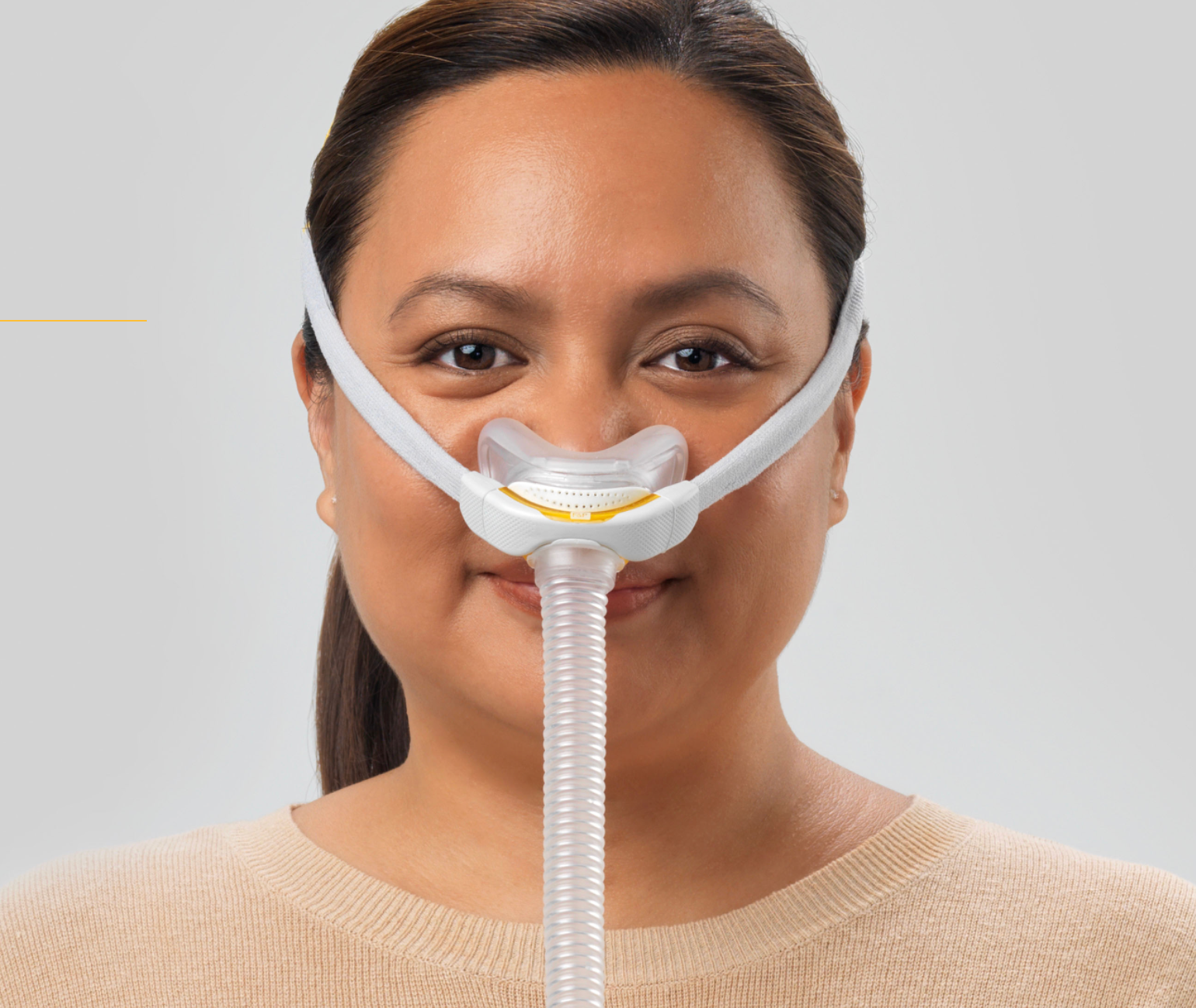
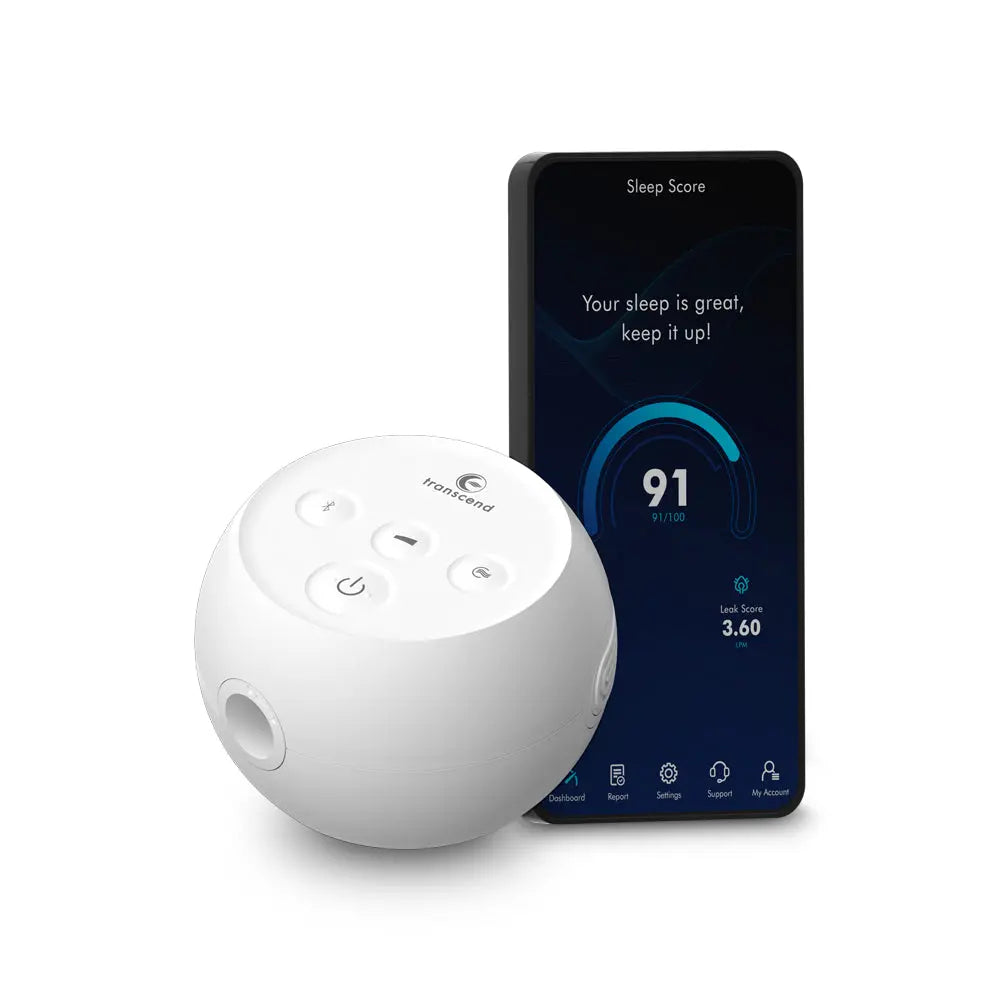
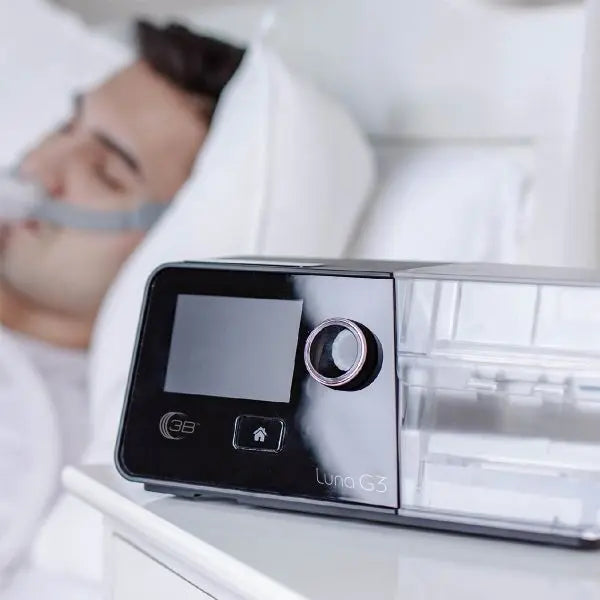
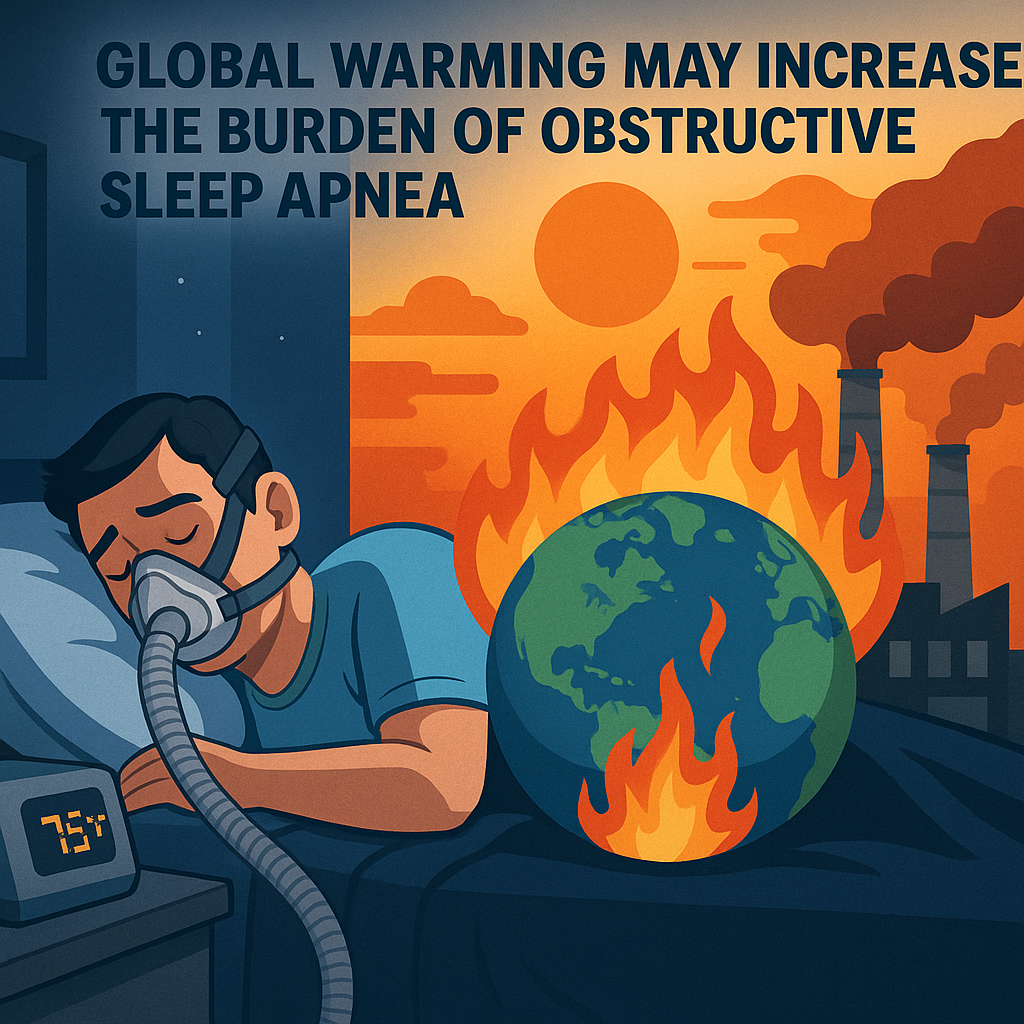
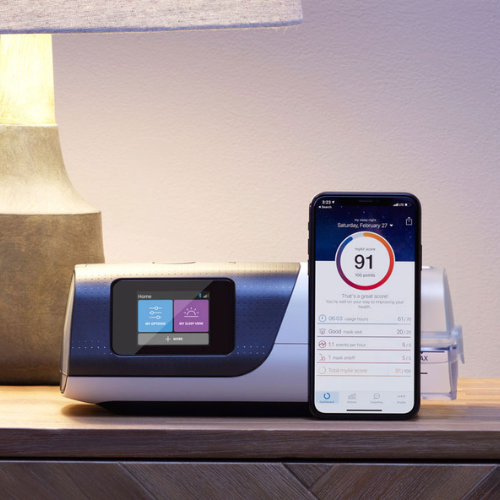




Leave a comment
This site is protected by hCaptcha and the hCaptcha Privacy Policy and Terms of Service apply.